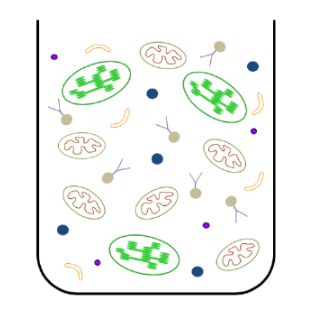
Rapid single-step affinity purification of HA-tagged plant mitochondria (Plant Physiol)
Plant Science Research WeeklyIn the middle part of the 20th century, cell biology leapt forward with the development of differential centrifugation methods for purifying subcellular compartments. However, these methods require large amounts of starting material and can suffer from contamination. Kuhnert et al. present a new simple…

12 inquiry-based labs to explore the 12 principles of plant biology
BlogThe 12 Principles of Plant Biology are a framework to support understanding of the critical roles of plants to create, improve and sustain life.
These 12 inquiry-based activities were by Jane Ellis, Mary Williams, and Jeffrey Coker with support from the ASPB Education Foundation. They were developed…
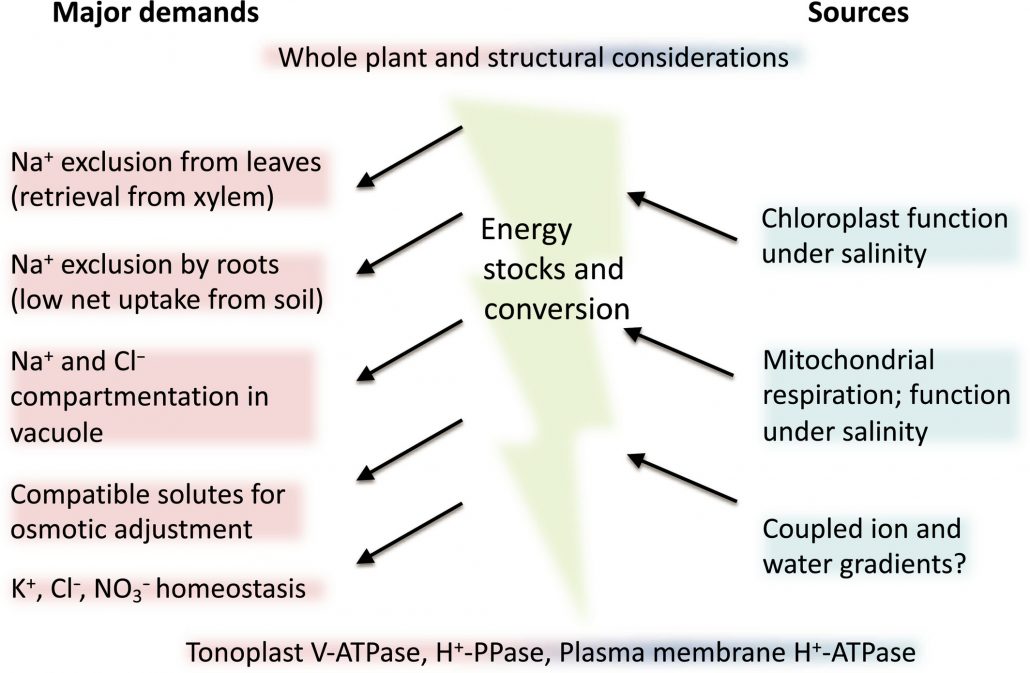
Meeting review: Energy costs of salinity tolerance in crop plants (New Phytol)
Plant Science Research WeeklyPlants use diverse strategies for salt tolerance, including regulated transport of several different ions and production of compatible organic solutes. In April 2018, a workshop was held to discuss strategies for breeding salt tolerance in plants, with a focus on the energy requirements of various strategies.…
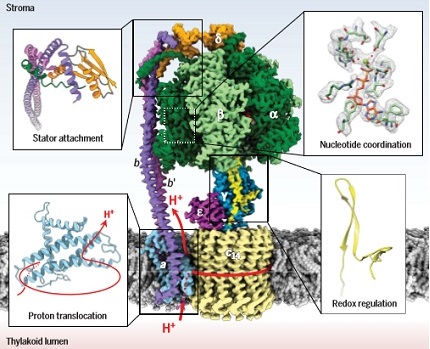
Chloroplast ATP synthase structure generated through cryo-EM ($) (Science)
Plant Science Research WeeklyGreen plants use photosynthesis to covert light into ATP (adenosine triphosphate) through the molecular action of the chloroplast F1Fo ATP synthase (cF1Fo). The ATP synthesis happens in the hydrophilic head (c F1) and is powered by the cFo rotary motor located in the photosynthetic membrane. This rotary…
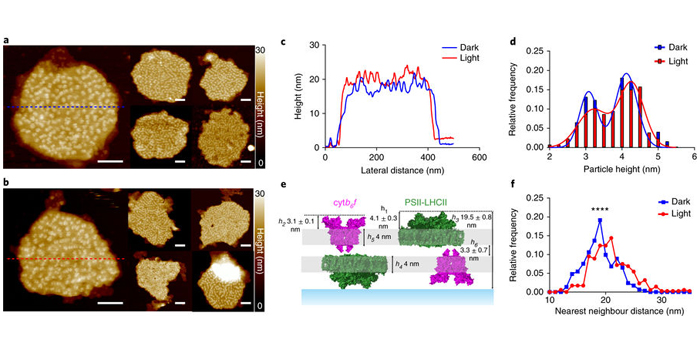
Dynamic thylakoid stacking regulates the balance between linear and cyclic photosynthetic electron transfer
Plant Science Research WeeklyThe activation of photosynthetic electron transport upon a dark-to-light transition occurs prior to the initiation of CO2 fixation by Rubisco in the Calvin cycle. A mechanism known as cyclic electron transfer (CET) exists that generates the proton motive force required to drive ATP synthesis without…

RAF2 is a Rubisco Assembly Factor in Arabidopsis thaliana
Plant Science Research WeeklyThe assembly of the carbon fixing enzyme Rubisco is a complex process and involves many chaperones including RAF1, RbcX and the chaperonins. Recent evidence pointed to the existence of another chaperone, RAF2, conserved among photosynthetic organisms. The protein has similarity to pterin-4α-carbinolamine…
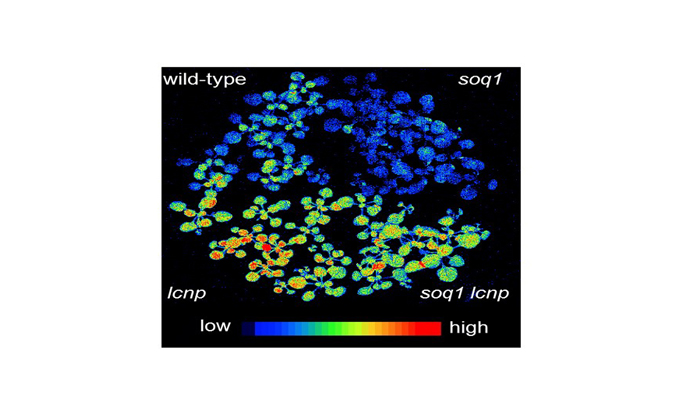
Protection from the Sun: Sunscreen for Plants
Research, The Plant Cell, The Plant Cell: In a NutshellMalnoë et al. demonstrate that a protein from the lipocalin family plays a role in promoting energy dissipation that prevents damage from long-term light stress. The Plant Cell (2017). https://doi.org/10.1105/tpc.17.00536
By Alizée Malnoë
Background: Light is necessary for plant growth…
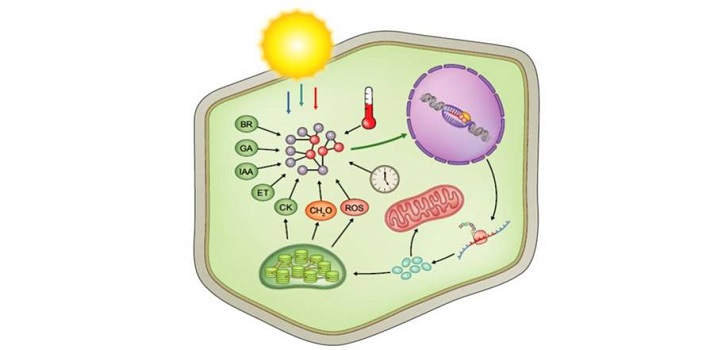
Review: Transcriptional control of photosynthetic capacity - conservation and divergence from Arabidopsis to rice
Blog, Plant Science Research Weekly, Research, Research BlogAbout 3000 genes are required for a plant to carry out photosynthesis. Wang et al. review the transcriptional control of these photosynthetic genes, drawing on transcriptomic and evolutionary studies to make comparisons between Arabidopsis and grasses. Photosynthesis of course starts with light, and…
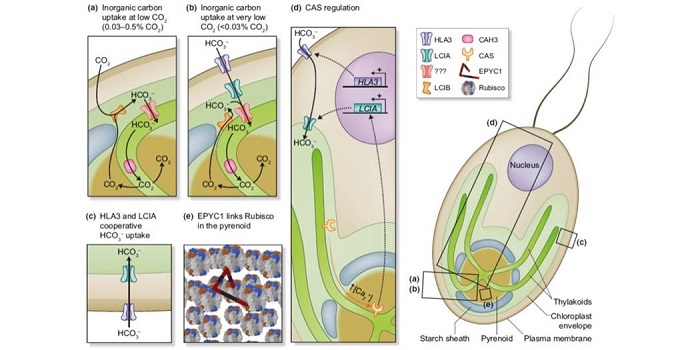
Review: The Chlamydomonas CO2-concentrating mechanism and its potential for engineering photosynthesis in plants
Blog, Plant Science Research Weekly, Research, Research BlogMany green algae have the ability to concentrate CO2 to enhance their photosynthetic performance. Mackinder reviews these algal CO2-concentrating mechanisms (CCMs) and what steps would be required to introduce them into higher plants. He also compares progress and pitfalls towards introducing algal CCMs…

